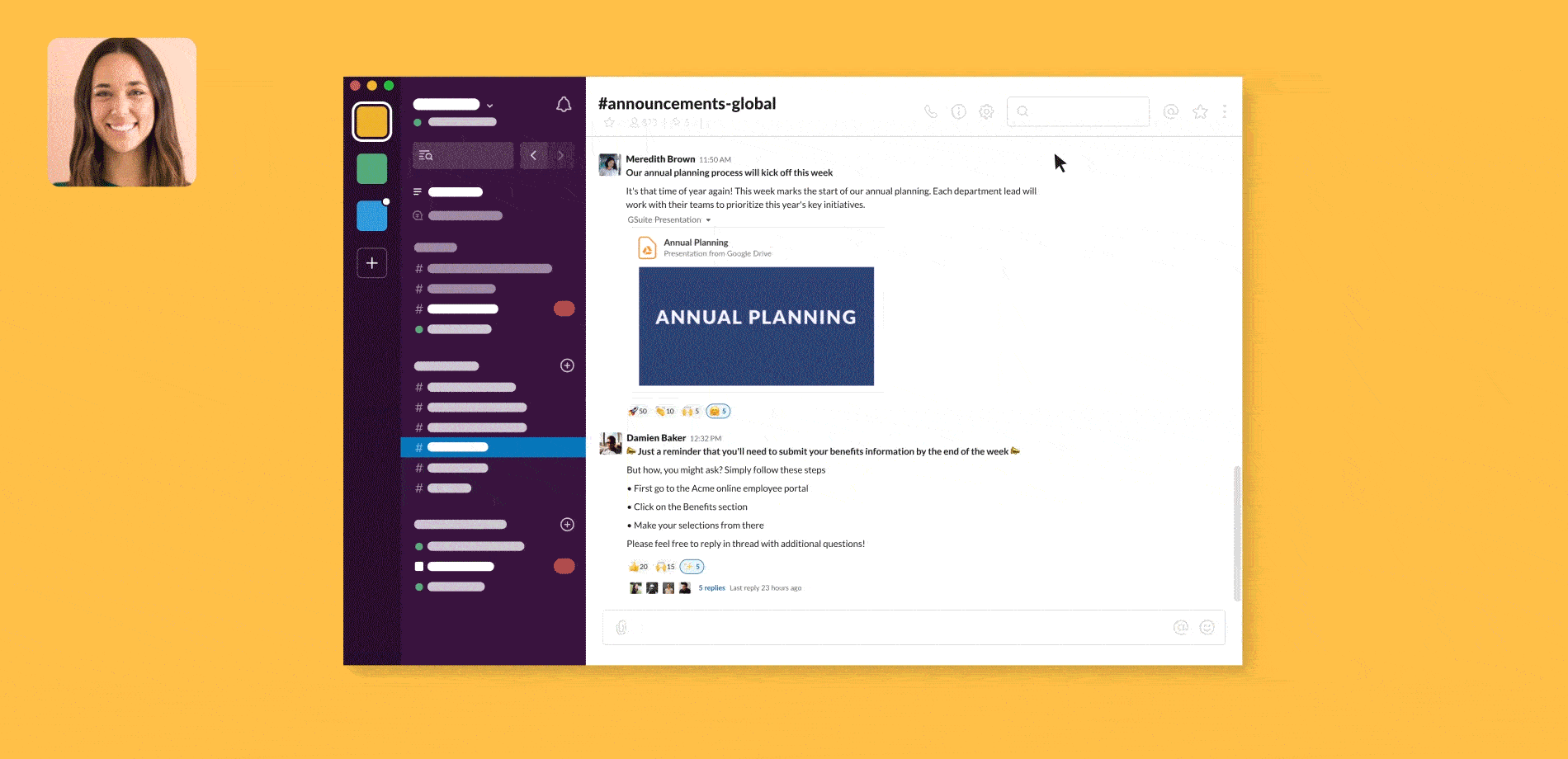The one-size-fits-all approach to enterprise communication is a thing of the past. Now, everybody wants the ability to customize their workspaces, adding functionality and permissions as they see fit – an administrative nightmare. Slack aims to address this with a
pair of announcements aimed at streamlining the work of admins for large organizations.
Keeping Channels Clear
Sometimes the easiest way to make an announcement across an enterprise is by broadcasting it through a channel. However, user comments or side conversations can quickly bog down these announcements.
To ensure that the “right” users are commenting and posting on a channel, Slack has given admins and other key stakeholders the ability to customize posting permissions for any channel, as discussed in a company blog posted today. These expanded posting permissions are available for companies using Slack’s
Plus or Enterprise Grid plans. Through these channels and customization options, Slack hopes enterprises will be able to reduce unnecessary chatter and keep channels clear for only important updates.
Automating, Streamlining Workflows
In the second announcement, Slack is giving admins more control to create and customize workspaces through a new suite of APIs.
With these new APIs, admins can create new workspaces and assign name domains and descriptions to them. They’ll be able to assign members to a workspace, rather than having to join each individual member themselves. For guest accounts, they’ll be able to issue invites to specific channels (including private ones), set guest expiration dates, and customize welcome messages. Additionally, admins will be able to delegate specific members with admin responsibilities.
When the APIs roll out, admins will be able to script the creation of new workspaces, which will automatically configure with desired settings, apps, content, and more. Admins will be able to define criteria that can be used to automate app approvals and rejections across all workspaces in an Enterprise Grid organization. For example, if an organization uses Box for storage, admins might whitelist the app, eliminating the manual approval needed for the workspace, Slack noted. Similarly, admins can set a rule to reject requests for specific apps or app scopes automatically.
Oregon State University College of Engineering (OSU COE) has benefited from the streamlined workflows enabled by the APIs, as Slack discussed in its blog post. In the past, Slack described, OSU COE’s admin team would be backlogged due to the manual creation of workspaces, resulting in delays for professors trying to set up class-specific workspaces. To address this, OSU COE admins leveraged the new admin APIs to set up workspaces instantly when professors submit request forms.
While a launch date for the APIs wasn't announced, the company stated that they "are coming soon" and more information can be found on
Slack's website.











